
The subculture of skateboarding in India has been gaining momentum over the past few years with many cities in the country boasting of their own skateparks. To the delight of skateboarders in Mumbai, Bombay SB and Bandra Collective have set-up the city’s latest skatepark on the Carter Road Promenade
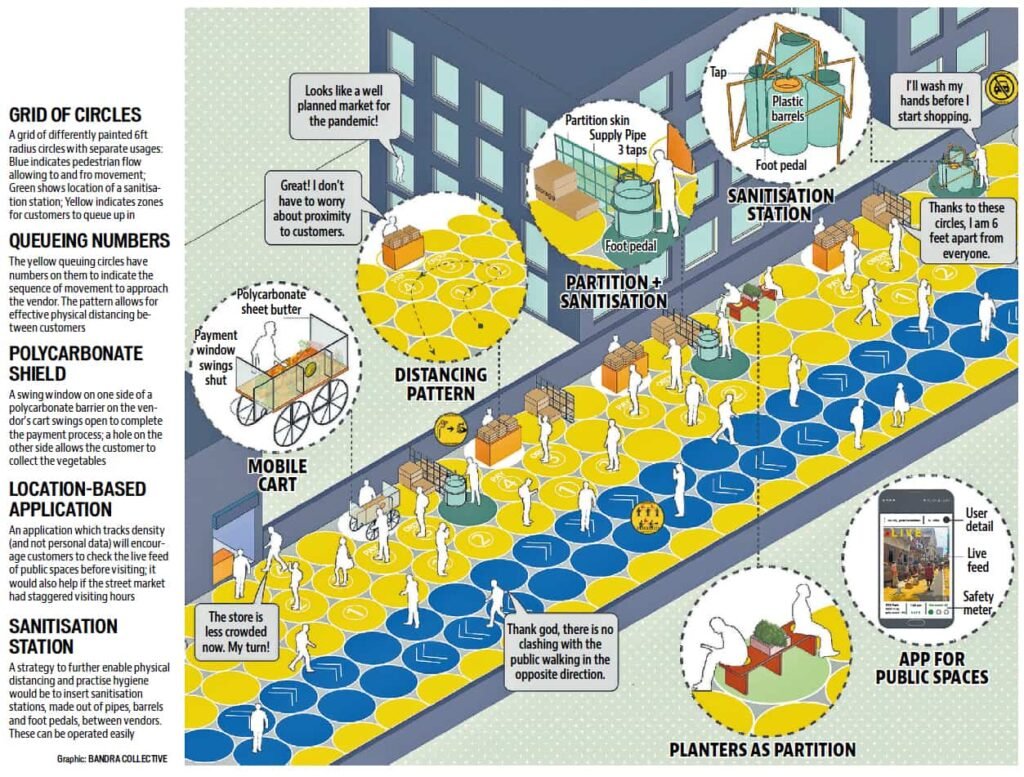
Today, the coronavirus has forced us to take a hard look at our cities, again. Hindustan Times reached out to urban designers and architects to re-imagine and decongest four key spaces of our lives:
a classroom, a street market, an office and a congested residential area. A look at their designs and innovations:
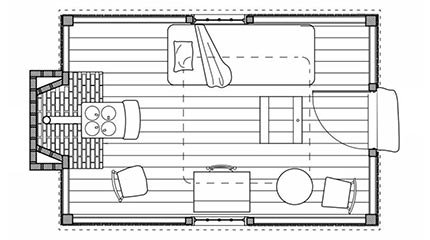
A column on the influence of the Coronavirus pandemic on architecture, lifestyle, work culture and the future of the architecture profession
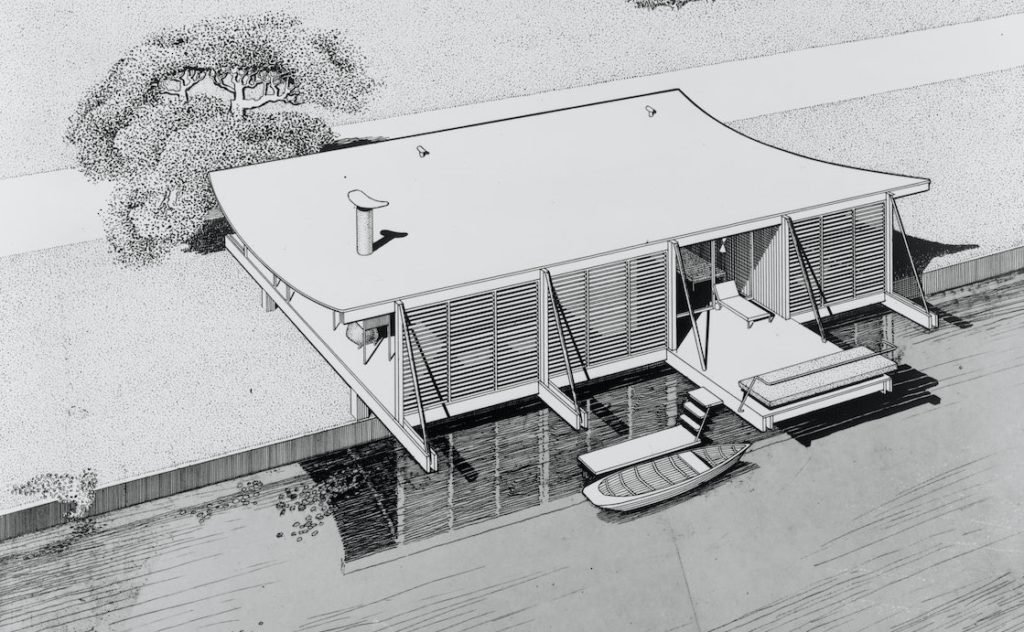
The Historical American Buildings Survey (HABS) has built up a treasure trove of historical architectural precedents through drawings, photos, and documents from the American architectural, engineering, building and landscape culture.

After a long period of renovation the the Carter Road promenade has re-opened to the public. Skateboarding acts as a force of “social disruption”. Not surprisingly, the skatepark at Carter Road quickly has become a meeting place not only for enthusiasts, but also a please where people of different backgrounds interact.
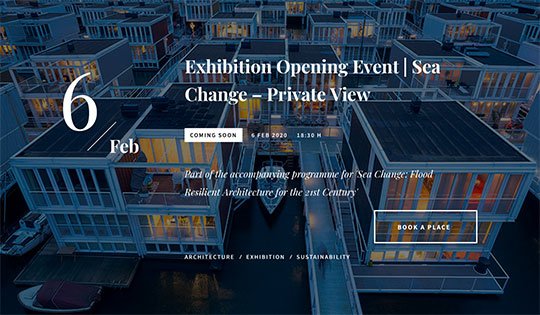
The Etania Green School is part of the new exhibition “Sea Change: Flood Resilient Architecture for the 21st Century”. The exhibition explores how architecture has to adapt to the growing climate reality of urban flooding. through a series of projects – proposed and realised – by leading architects around the world in the field of flood resilient architecture.

The Times of India reports on its front page the latest endavour the Bandra Collective is undertaking. Concerned with the quality of public spaces in Bandra, the collaborative of architects and designers initiated a proposal that tackles several issues culminiating on a stretch of public space on traffic congested Linking Road.
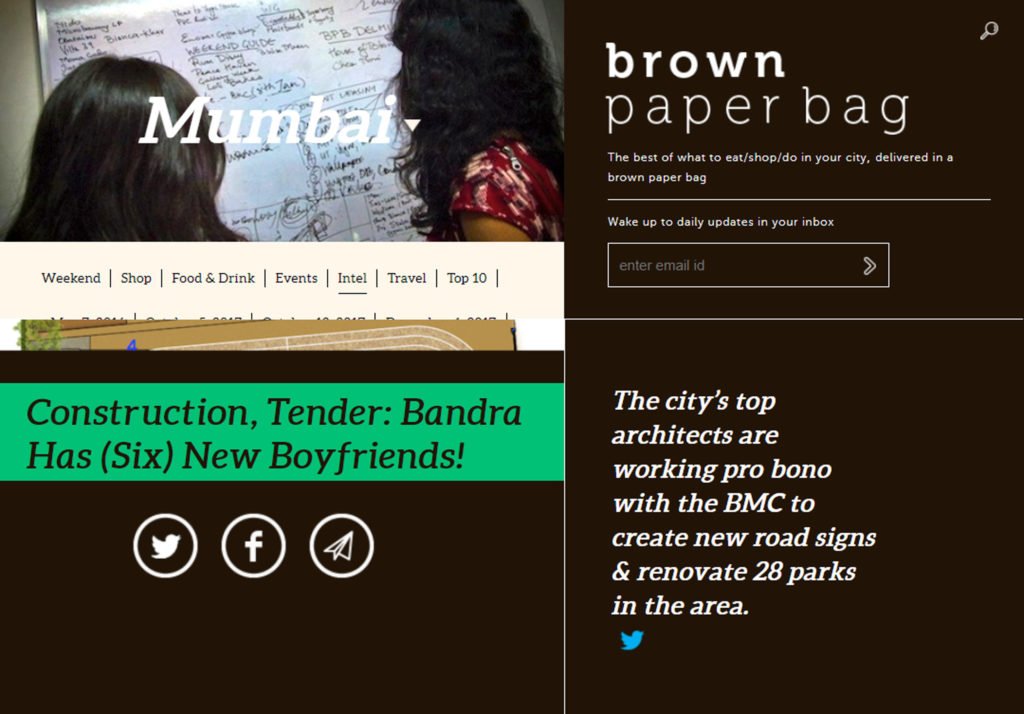
Brown Paper Bag reports on the Bandra Collective, a colony of architectural firms The Busride Design, Samir D’monte Architects, Sameep Padora & Associates, Urban Studio, Abraham John Architects, Architecture BRIO that are working with the municipality to make Bandra a prettier place.

Home & Design Trends India discusses with a group of experts the future of Indian Cities in an article called MyView “The imperatives of urban planning for Indian cities”
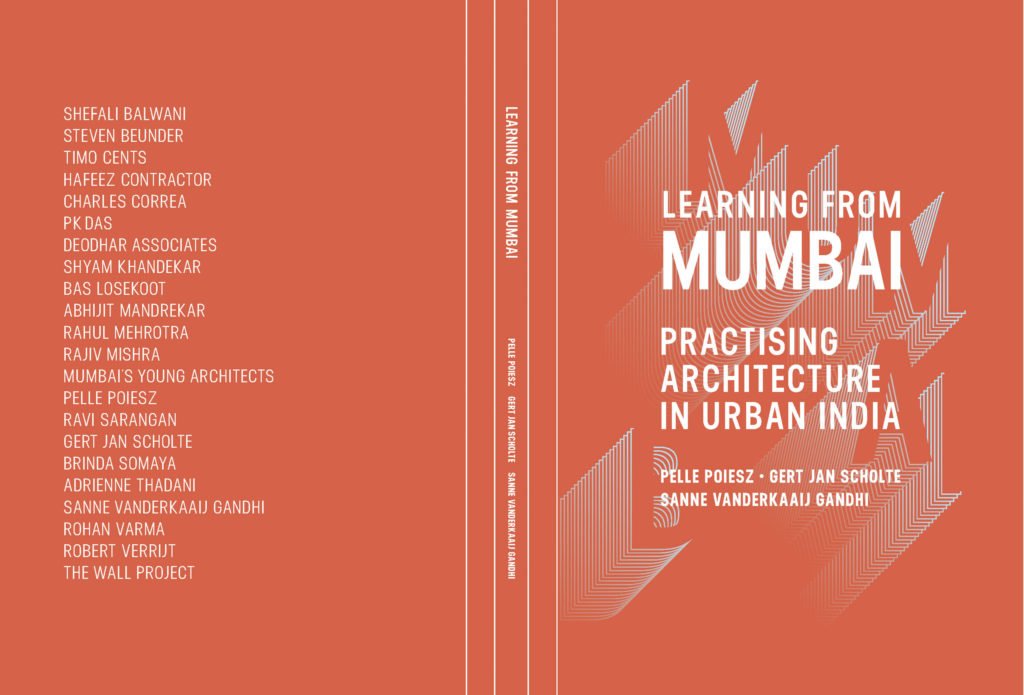
The book “Learning from Mumbai” will be launched today, the 14th of May in the Hague. The book attempts to protrait the nature of the architectural practice in Urban India from diverse points of view. A chapter called “Socially and environmentally Conscious Architecture” has been dedicated about how Architecture BRIO deals with the challenges of the profession.
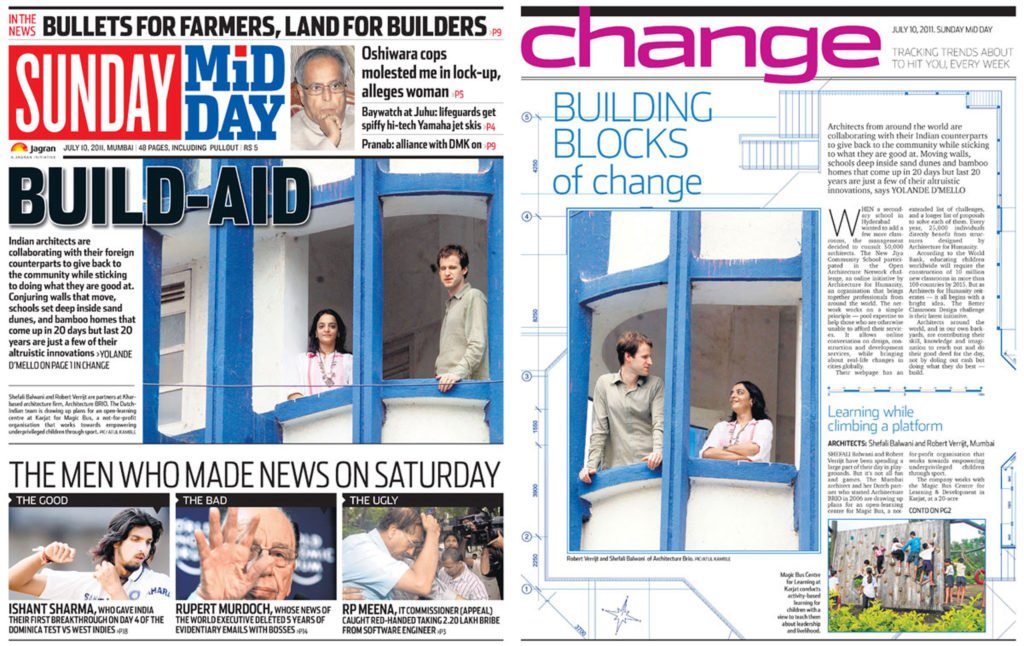
Sunday Midday published an article on architects working with communities and NGO’s in India. The article featured projects by ‘Architecture for Humanity’, ‘Scott Gerald Shall’, ‘Vaibhav Kaley’, ‘Sandeep Virmani’, ‘the Cohesion Foundation’, and ‘Architecture BRIO’
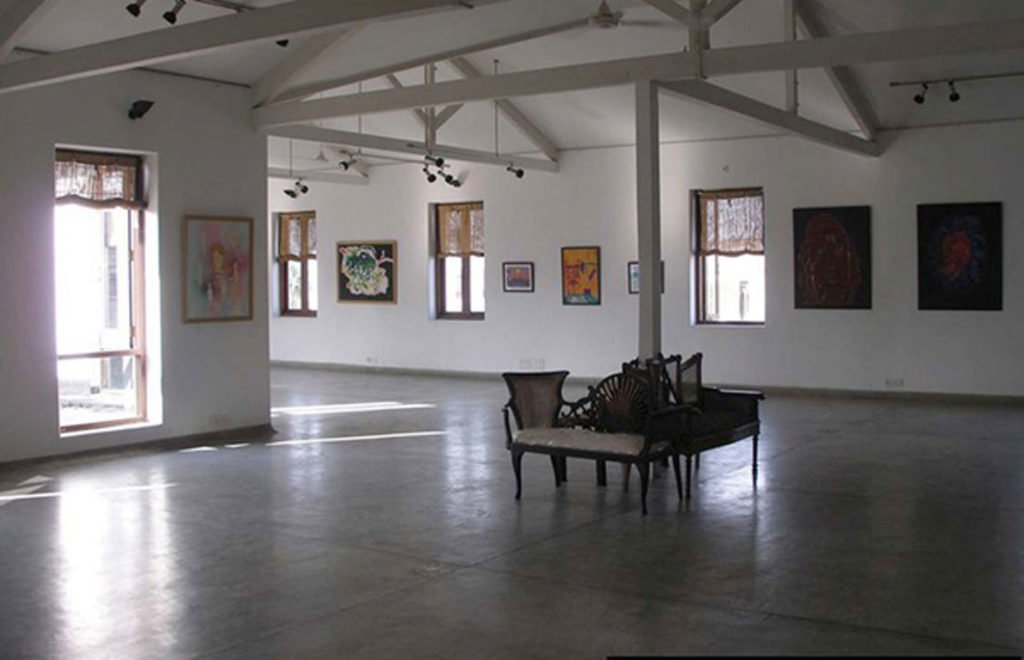
Architecture BRIO conducts workshop in “Unsolicited Architecture” event at Studio-X in Mumbai on 12 and 13 February 2011
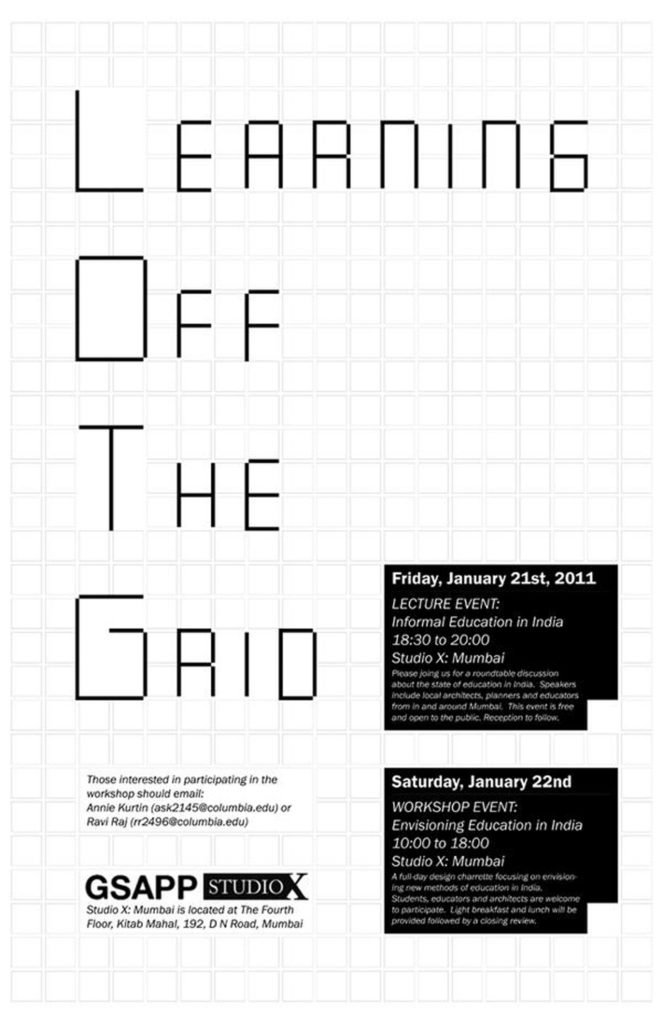
Architecture BRIO gives a lecture on the Magic Bus Learning Pavilion at “Learning of the Grid” at Studio-X in Mumbai on 21 January 2011
A roundtable discussion about the state of education in India. Speakers will include local architects, planners and educators from in and around Mumbai.
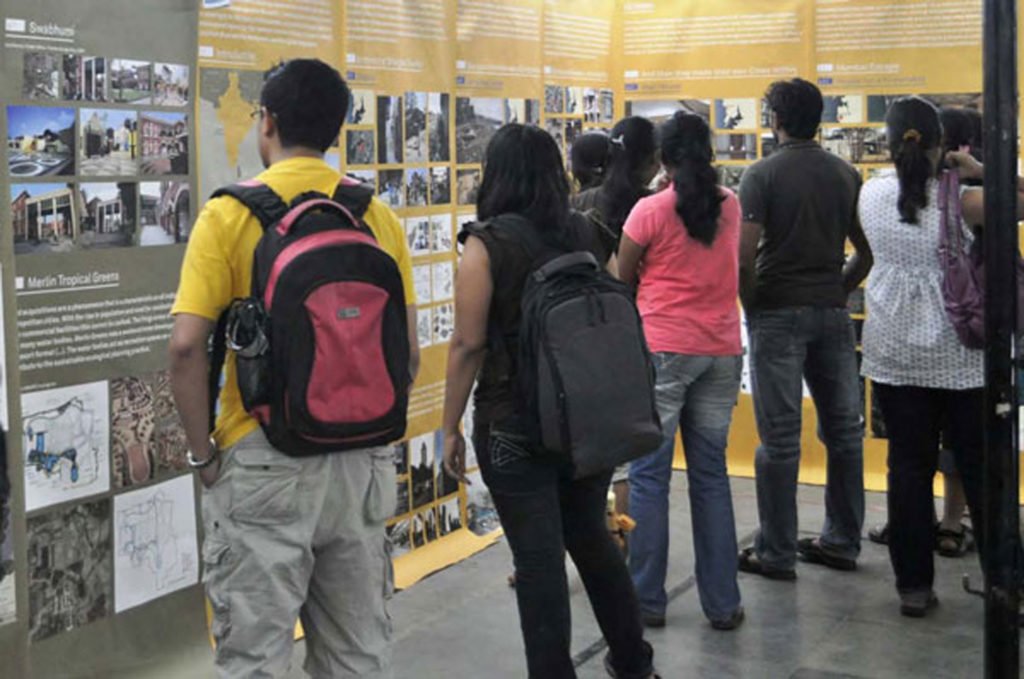
The travelling exhibition “Building India- Indian Visions Dutch Methods” was successfully opened at Sir JJ College of Architecture. Mumbai on the 9th July 2010. The exhibition was originally on show at the ARCAM Gallery in Amsterdam, and currently travels across various cities in India. The exhibition presents a general introduction to present-day India, to the current state of architecture and urbanism, and the building task for the next ten years.

The architect Lebbeus Woods has written an exceptional essay in three parts about slums and the possible roles that an architect can play in this seemingly unsolvable problem

The Mumbai shanty town featured in the film Slumdog Millionaire offers a better model than does western architecture for ways to house a booming urban population in the developing world, Prince Charles said yesterday.

The Saffron Newslettter interviews Robert Verrijt about the meaning of identity in Dutch Architecture compared to the Indian context. For the Dutch, architecture is a legitimate form of expression, of identity. India, where contemporary architecture is more market-driven, is also beginning to recognize the power of design in the built environment. We look at the fascinating nexus between architecture and image in both countries….
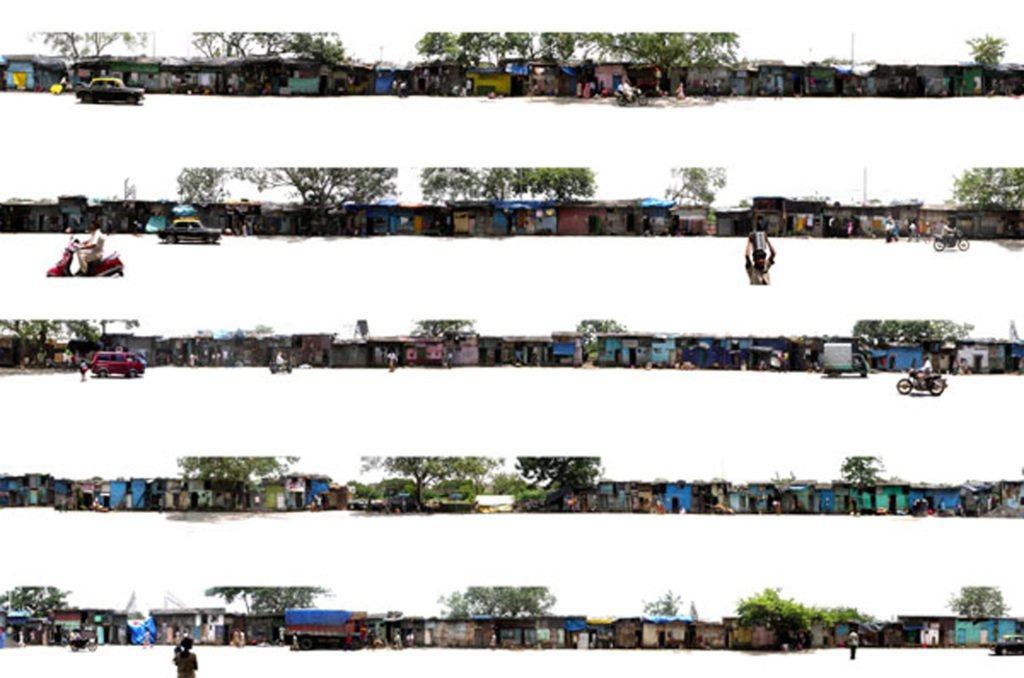
Tulsi Pipe is a stretch of road in mumbai running along the western railway line.
Almost along the entire length of the this road there exists a slum colony. Consisting of the scrap material of the railways, dismantled advertising boards, and cheap construction plastics, one could only call this a slum.
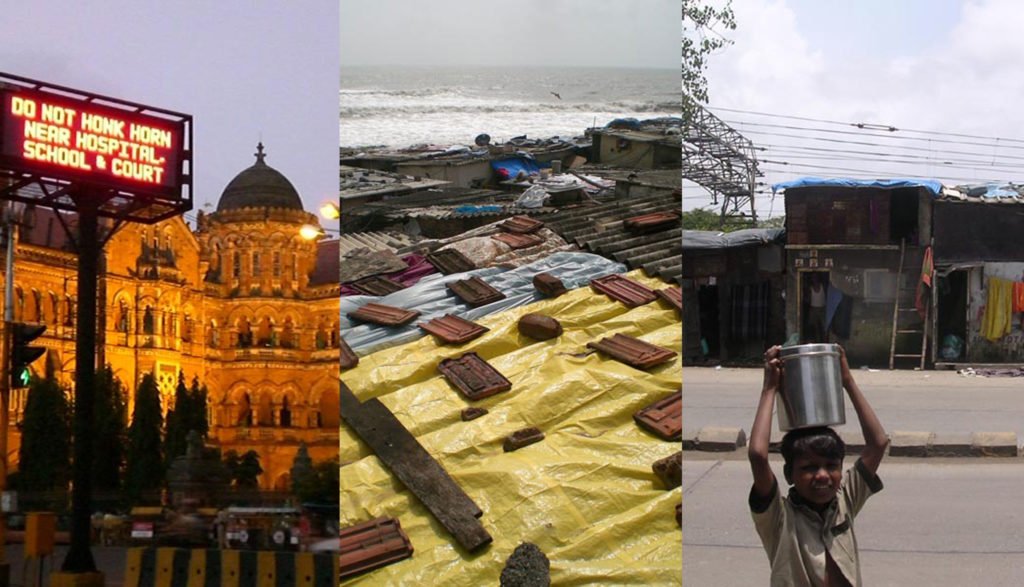
In the series city trips by Archined correspondents abroad Robert Verrijt writes about what not to miss in his city Mumbai.
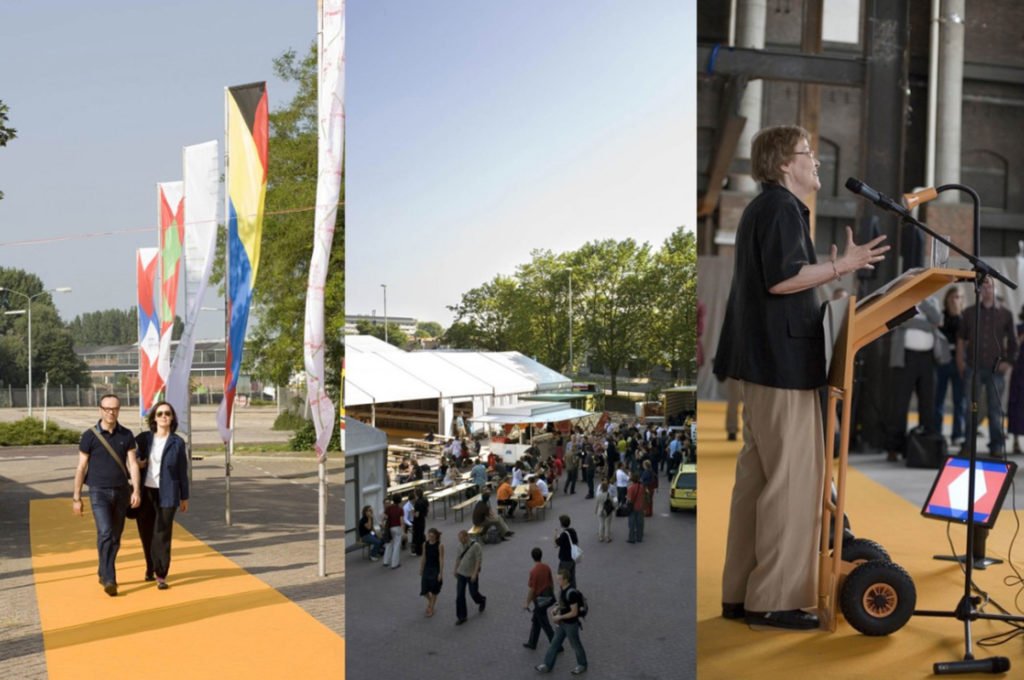
To bring Europan 8 to a close, the European winners congregated in Dordrecht, the Netherlands for the weekend of June 30 and July 1 to take part in workshops, collect prizes and celebrate. Robert Verrijt, who made the prize-winning design for the Enschede location with Floris Cornelisse, was in Dordrecht and kept a diary of his visit.